Panamá has always held a special place in my imagination. My mother was born there, in Almirante, and emigrated to the U.S. when she was small. The country is currently very much in transition–last year, Panamá had 2 million visitors, a number that’s already risen to 2.2 million this year. Compare that to Costa Rica’s 10 million per year, and you see the possible rapidity of growth.
Trump was built in 2007. Las Clementinas in 2010. The American Trade Hotel in 2013. (It’s worth noting–all three were built by New Yorkers, not Panamanians.) Casco Viejo is in the midst of a major revitalization. Still, there’s contrast:
Low, tin-roofed houses under the direct shadow of luxury high rises, and the twisted jenga of the BBA building, and billboards for Black Friday. Street food stalls cooking meat, or selling tropical fruit and jugo de caña, set up in front of Chuck E. Cheese. A modern bus line, and the construction of a subway to the limits of the city, but also the commonplaceness of the city’s old transport: converted school busses painted in the style of psychedelic 1980’s cartoons, twin steampunk gas pipes rising up their backs, some with graphic comics, some with magenta shark tails finning their back.
Outside of skyscrapered Panamá City, most buildings are flamboyantly painted, with hand-drawn shop signs and local advertisements to match. Concrete apartment blocks are splashes of cerulean blue, orange, yellow, a checkered smile of laundry drying across balconies.
The humidity is sometimes overwhelming.
Prices are still relatively inexpensive: four local beers cost $10, even at the fancy tourist rooftop bar. (US dollars are accepted everywhere.)
Finally, we could never have experienced what we did in the time we had if not for Juan José Calvache Arango, a guide at our hotel. He was a font of knowledge. Thank you so much, Juan.
———————————————–
* I will mention as a disclaimer: I was only in Panama for four days; I’m sure I missed so many gems, and so much culture. I only included the spots I really loved and would recommend without reservation. This is as much a record for myself as it is a guide for others. If you live in Panamá City, I’d love to hear your opinions about my finds (or better yet, what I didn’t find) in the comments. This is where I went and what I saw in November 2015; in case you should find a broken link in future.
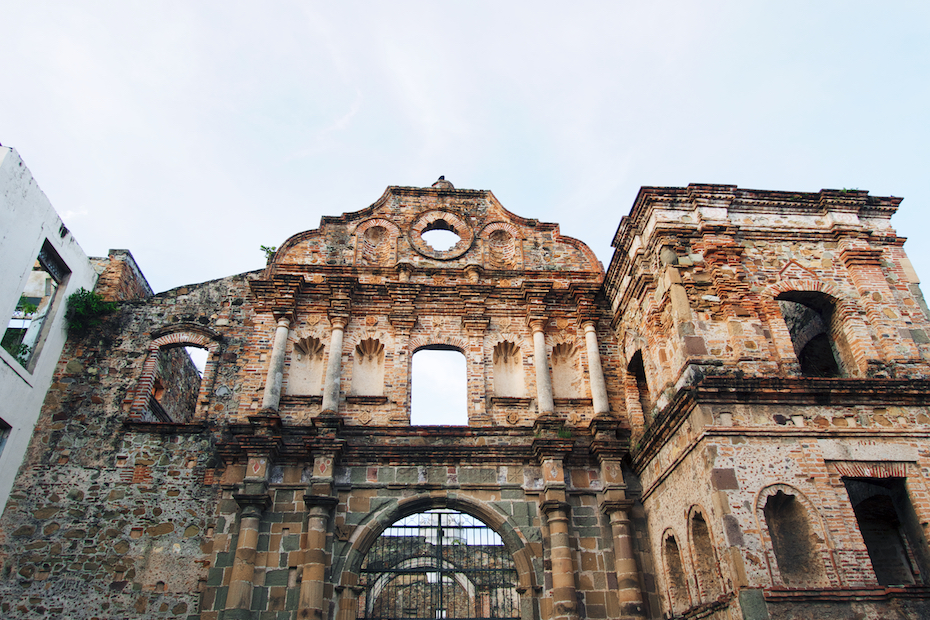
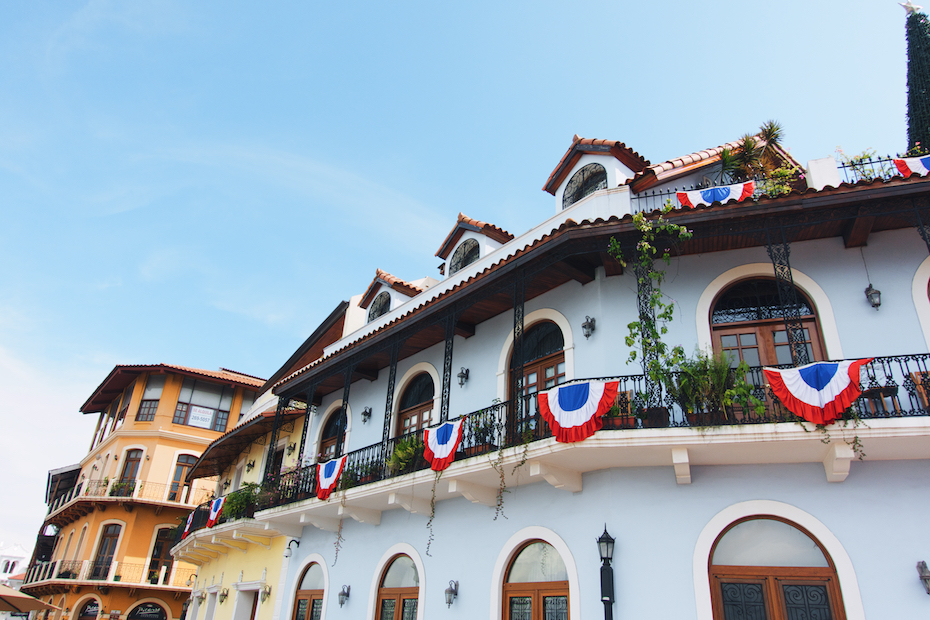
Day 1:
We fly Copa Airlines–the national Panamanian line–and I’d recommend it. As we land, our plane circles the bay, and an enthusiastic flight attendant commentates in Spanish–“Look at our skyscrapers! Like New York! Like Dubai!” She points out the canal and its history, where a fleet of ships idle like battleship pieces.
After settling into the American Trade Hotel, we take an afternoon tour around Casco Viejo, which was architecturally described to me as a cross between Havana and New Orleans. (Casco Viejo became a UNESCO World Heritage site in 1997.) We walk the Paseo Esteban Huertas, from the Plaza de Francia to the former Union Club. On to the Paseo las Bóvedas, and then pause for a drink–the local beer is called Balboa and wins Frenchman’s approval–at Tantalo rooftop.
In the evening, we cool off with a swim. Later, we settle into seats at Danilo’s Jazz Club, and order a nightcap.
———————————————–
The American Trade Hotel is housed inside a restored landmark building in Casco Viejo, and is the child of the Ace hotel chain and a Panamanian conservation group. It’s beautiful–like where Daniel Craig’s James Bond would stay. It’s quiet, tropical, and highly styled, with tall ceilings and plants, high windows, whites, wood, marble, and many pattered tiles. The service is attentive, and the hotel’s comprehensive: restaurant, stylish bar, jazz club, pool, gym, and library. (For better pictures than I could capture on the travel camera I tested on this trip, see here and here.)
Tantalo rooftop is mostly for foreigners, but a good vibe prevails, and views of the old town are impressive. Go in the early evening, when it isn’t too crowded. At night, there’s a DJ. Friendly service.
Danilo’s Jazz Club is next to the American Trade Hotel. The 50-seat club is Danilo Perez‘s effort to bring world-class jazz to Panama. The club hosts international and local artists, and anchors an annual Panama Jazz Festival.
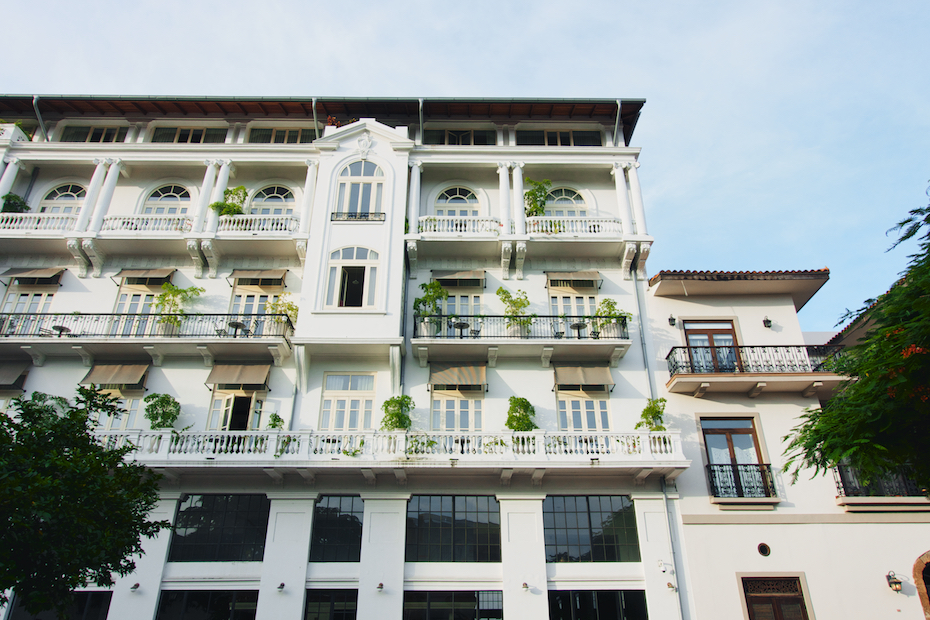 Day 2:
Day 2:
In the morning, we take a cab to Ancón Hill, the city’s highest point via, strangely, Quarry Heights Road. (You can walk up the paved road, but most Panamanians seem to drive. It’s very humid.) We’re in the city, and then suddenly, a forest. The trees are prehistoric in their lushness. A hummingbird flashes by, electric blue-green. Spider webs lace low branches. A paca–something like a squirrel, but patterned the brown-white of a fawn–darts across the road. From the top of the hill, you can see the city from all directions.
(There are some taxi drivers at the top, but it’s a good idea to ask yours to wait. A Brazilian couple kindly shared their taxi with us.)
For lunch, we head to the Mercado de Mariscos, a bustling fish market on the water. There are huge spiny lobsters, massive coral crabs with white bellies. Tuna. Corvina. Shrimp in many varieties.
We try Panamanian-style ceviche from the booth just inside the front door, and Peruvian-style from the restaurant up the stairs. Panamanian mixed ceviche is simple: small scallops, calamari, shrimp, white onion, lemon juice, and pulpo, while Peruvian ceviche is more elaborate: corvina (sea bass, which you’ll see everywhere in Panama), corn, boiled yam, red onion, and lemon. The Frenchman and I both prefer the simplicity of the Panamanian version.
Upstairs, we also order lobster with garlic and arroz con coco, lemonade (made with orange lemons and cane syrup), and beer.
We walk back to the hotel along the newly constructed waterfront path, stopping at the Plaza de Francia for raspaos–a frozen dessert where ice is freshly shaved from a large block, splashed with the fruit syrup of your choice, and topped with sweetened condensed milk.
In the evening, we have drinks on the swings at Finca del Mar.
———————————————–
Finca del Mar is casual, relaxed, with party music playing in the background. The tables are mismatched, with strings of colorful lights and bright knitted swings at the bar and some of the tables. Greenery pervades, but out the open entrance, the white lights of the modern city glitter from across the water. The menu is tropical, nothing fancy.
Day 3:
In the morning, we leave for Anton Valley. Just outside the city, the rainforest takes over. Vegetation on both sides of the highway is diverse and abundant.
We stop at Quesos Chela–a stand and dairy farm improbably next to a gas station–for hot, flaky, nutty-doughed baked cheese empanadas and chicha, a traditional drink made with fresh milk, soft corn, and sugar. It tastes a bit like drinking rice pudding. Quesos Chela is popular with locals on their way to the beach, and there’s always a line.
We continue along the Pan-American Highway. The houses past the Canal Zone are more spread out: low, open, rectangular houses with large, covered terraces. Often, there are gardens planted with casava, plantains, tomatoes, and coconut trees. Sometimes, grouping of chickens, cows, or horses.
At a fruit and handcraft market, I buy a large wooden bowl. We eat the sweetest pineapple I’ve ever tasted. There are orchids and hibiscus and papaya and plantains.
We pass a kid biking with one hand, holding a very relaxed rooster in the other. It’s Sunday, and people spill out the open front doors of the church, standing room only. Elsewhere, we cross an Irish pub called O’Pedros.
We walk across rope bridges to see El Chorro El Macho waterfall, electric blue and black butterflies as big as a man’s fist flitting overhead. Panama is largely jungle, national parks with no tourist facilities, which helps to preserve nature, the migration of large cats.
We stop into el Nispero Zoo, half zoo, half rescue preserve. It starts to rain–we’re in a cloud forest–and the dirt tracks turn to brown rivers. We pass a pair of sleeping, rescued panthers. There are parrots and toucans and monkeys and golden frogs.
In the evening, we walk to La Rana Dorada for a drink, and then drive to Maito for dinner.
———————————————–
La Rana Dorada is a brewery producing four types of Panamanian beer, plus a menu of pizzas. There’s seating inside, but also outside on a large terrace. Before ordering, you’re given shots of each of beer to sample. They also have a cocktail menu, including piña coladas made with sweet Panamanian pineapple.
Maito is a bit off the beaten path, so that the restaurant could be built as a series of traditional, low houses. There’s no English menu, so it’s helpful to bring someone along who speaks Spanish. The menu bills itself as international, but this seems more form than substance; for example, naming a menu item “chow mein.” Really, this is modern Panamanian food, refined, carefully made with lots of heart. The service is excellent. The restaurant is spacious and pretty, lots of woods and patterned tile.
Day 4:
We leave the hotel very early to drive across the country to San Blas, the last half hour along a comically windy road. At the port, we board one of the speed boats leaving for the islands.
We pass islands with thatched long houses, thatched huts on stilts, tin roofs stacked on corrugated tin roofs. Some yachts bob among the islands though, too. The shades of blue are an embarrassment of riches.
We boat to a tiny island–you could circle it on foot in about a minute–with one house, one family. Children play in the surf. We swim in water the color of glaciers, the temperature of bath water, and lounge under coconut fronds. Coconuts are very important to Kuna culture, and they’re the only trees you’ll see among the islands.
We go to another island for lunch–fresh caught sea bass or spiny lobster, arroz con coco, salty plantains, a salad of tomatoes and onion. We eat outside.
In some ways, the Kuna live as they always have–older women wear traditional dress, hand embroidered with animals, or the stuff of their dreams. Most men are dressed in sportsware, however. Most wooden canoes are now equipped with motors, although we saw a few young boys without, throwing chum and nets into the water.
In other ways, they’ve embraced the tourist trade–the back of lifejackets feature facebook pages, and boat to boat communication is done via smartphone. Palm thatched huts have solar panels and satellite dishes attached. There’s a push and pull between taking advantage of the tourist trade, and preserving culture.
In the middle of the ocean, we skim across a pool of shallow water, the boat slowing to a glide so we can see bright orange starfish the size of baseball caps. We find another shallow pool where we walk in knee high water to a fallen tree ripe with pelicans, active with skittering, bug-eyed black crabs, the roots of the upturned tree like the wet nest of some huge, prehistoric bird.
Home late, we eat dinner at the hotel restaurant.
———————————————–
At The Dining Room, the focus is fresh, local, seasonal-driven Panamanian. We try cobia ceviche with green tomato, oregano, avocado, habanera, and red onion. There’s adobo pulled pork piled onto tostones with fresh cheese, avocado, cabbage slaw, and hot sauce. Delicious. The restaurant is open for breakfast, brunch, lunch, and dinner.
Eating + Drinking:
Ciao Pescao!: For ceviche and beer.
Diablo Rosso: Part gallery/shop/movie house/cafe.
Tantalo: For modern Panamanian food.
El Trapiche: For Traditional Panamanian food.
Humo: For Panamanian BBQ.
The Fish Market: For Southeast Asian/Mediterranean/Panamanian fresh fish-themed food truck.
Salsipuedes: For modern Panamanian.
Mojitos sin Mojitos: For beer, BBQ, burgers.
Manolo Caracol: For Spanish-influenced Panamanian.
La Casa del Marisco: For seafood in a pretty setting.
Bajareque Coffee House & Roastery: For Panamanian coffee.
Raspados Julio: For raspados, the best snow cone you’ve ever had: freshly shaved ice, tropical fruit syrup, sweetened condensed milk.
Granclément: For ice cream.
Super Gourmet: For sandwiches, breakfast all day, coffee, and pantry items.
Country Store & Cafe: For coffee and applecayuco–fresh baguette filled with apples, cream cheese, herbs, honey, and cinnamon.
Las Clementinas Cafe and Bar: For modern-international/Panamanian food, fresh ingredients, a plant-filled garden, Sunday brunch.
Madrigal Panama: For local food in a refined setting. Spanish owned and frequented by tourists as well as locals.
Where to Stay:
Where I’d stay: Las Clementinas, Tantalo Hotel
Where my parents would stay: Waldorf Astoria Panama, The Bristol Panama, Trump Ocean Club
Nightlife:
La Becindad: For reggaeton, dancing, cheap beer, outdoor patio.
Trump Ocean Club: For spotting fancy locals and tourists alike, an outdoor bar with a view.
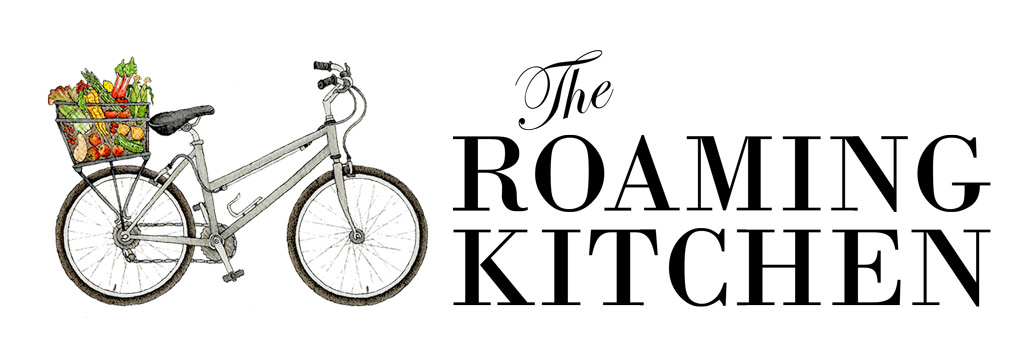
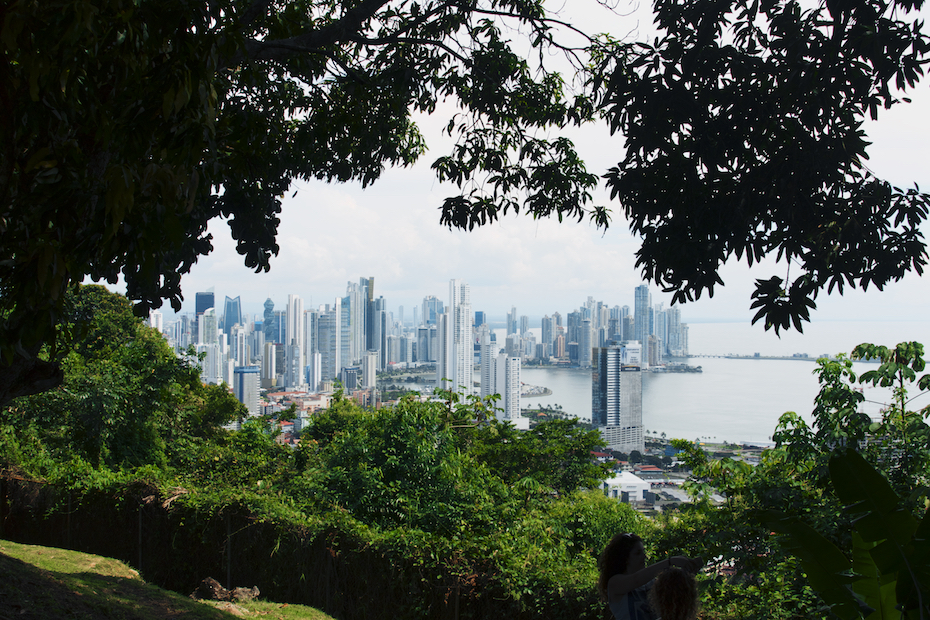
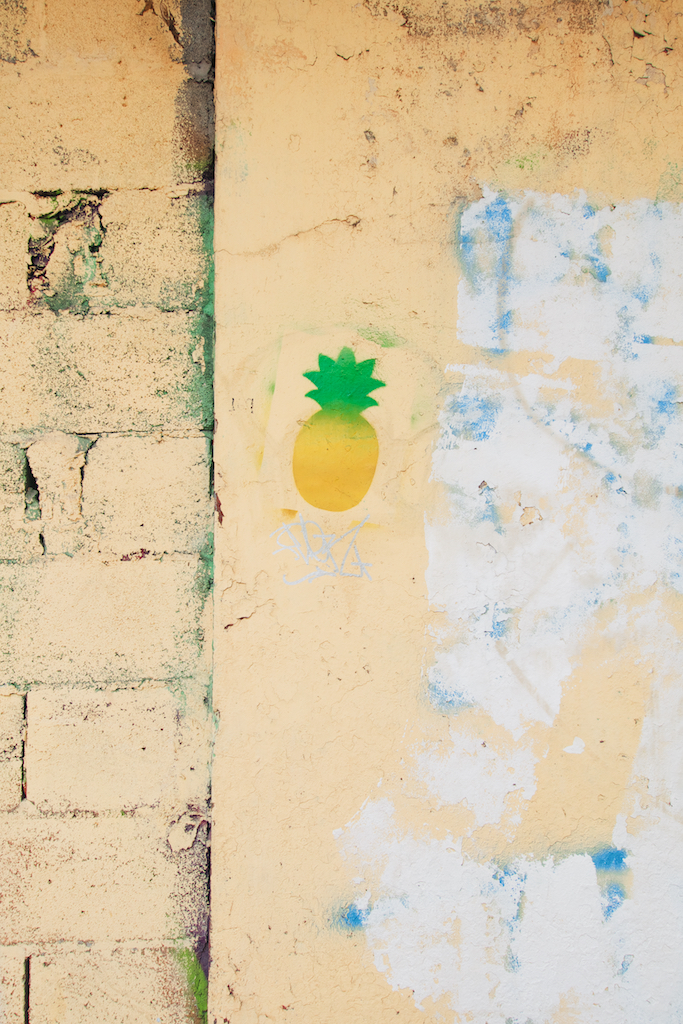
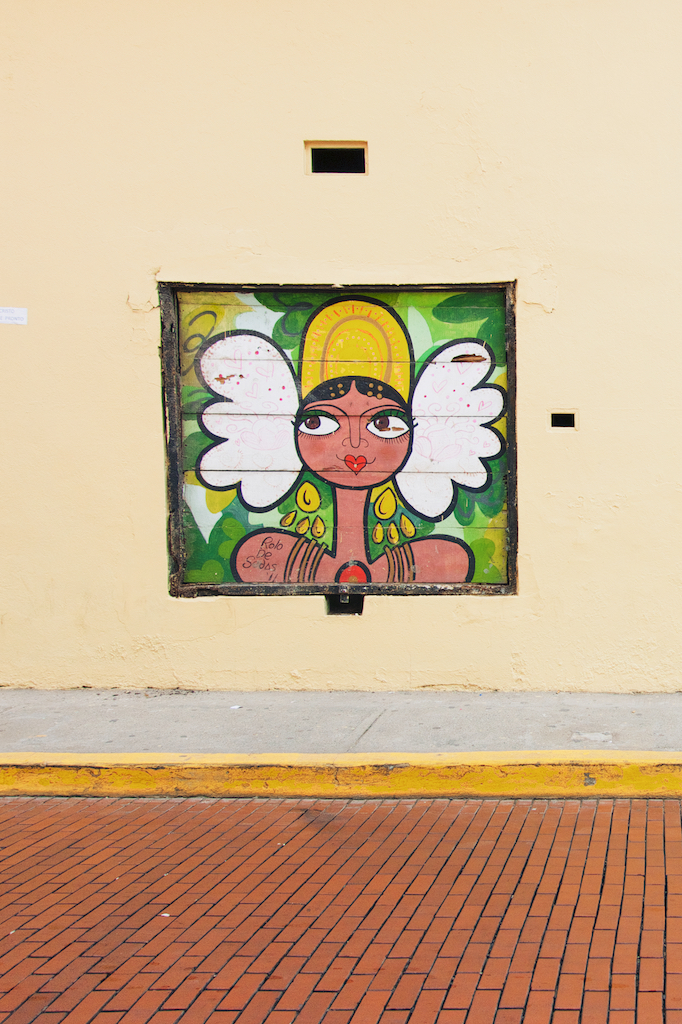

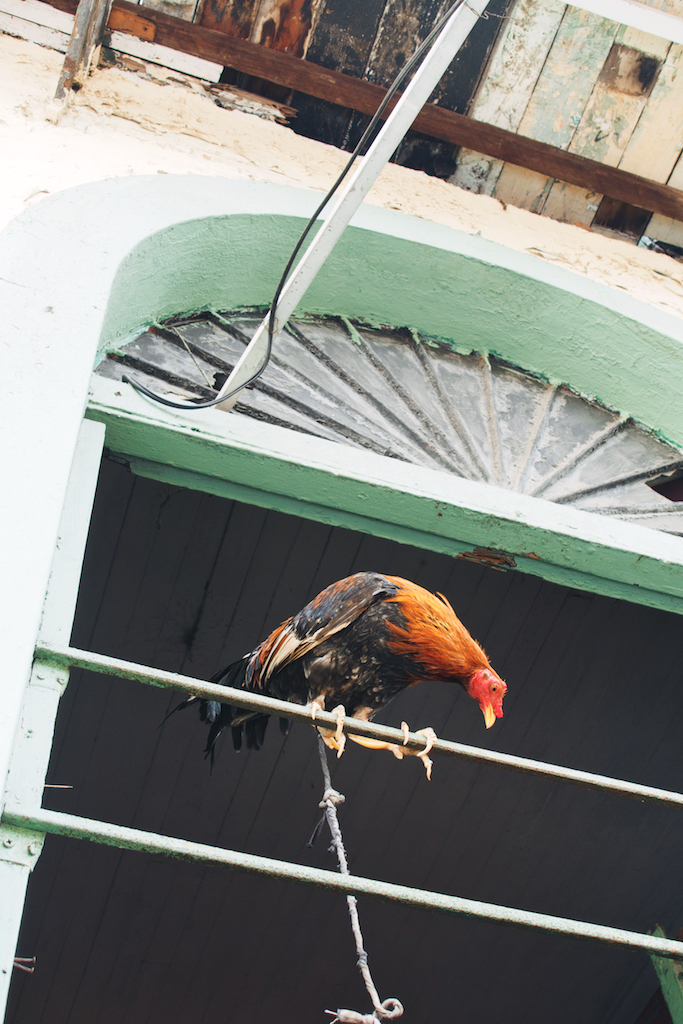

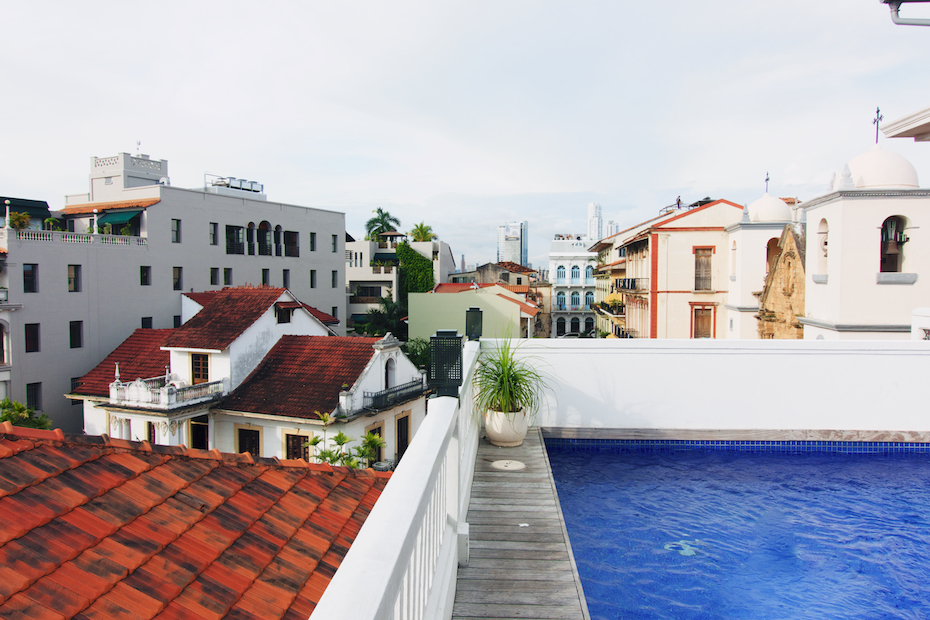
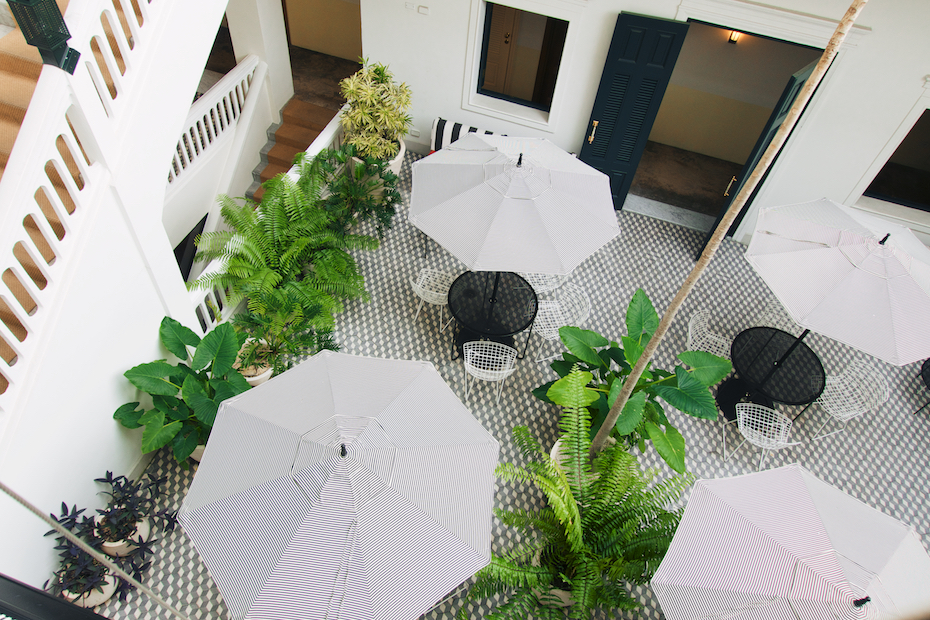
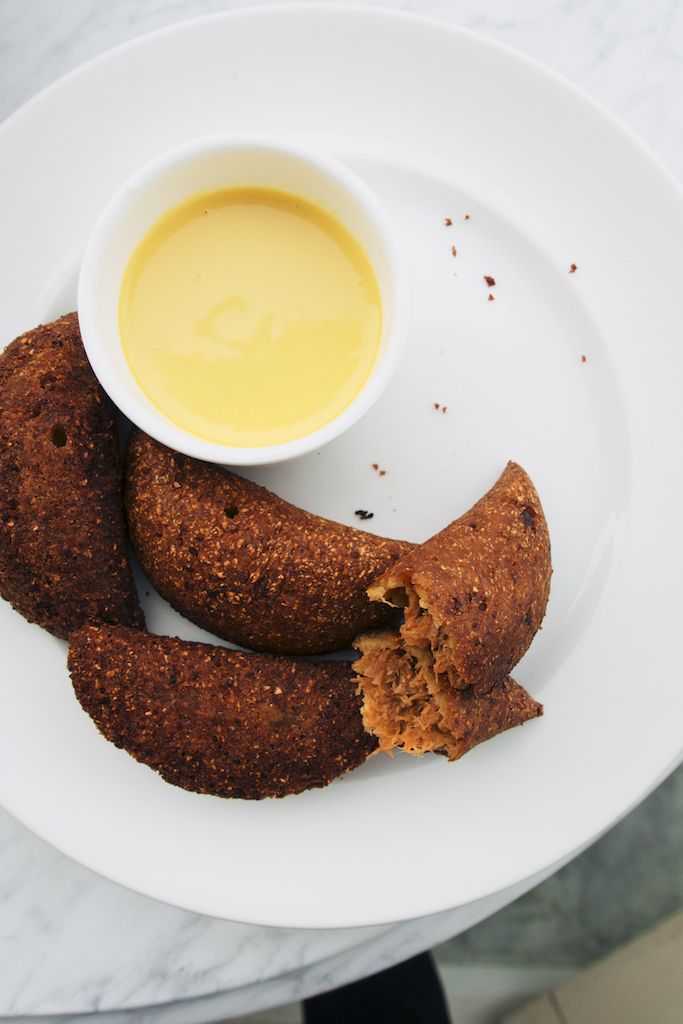
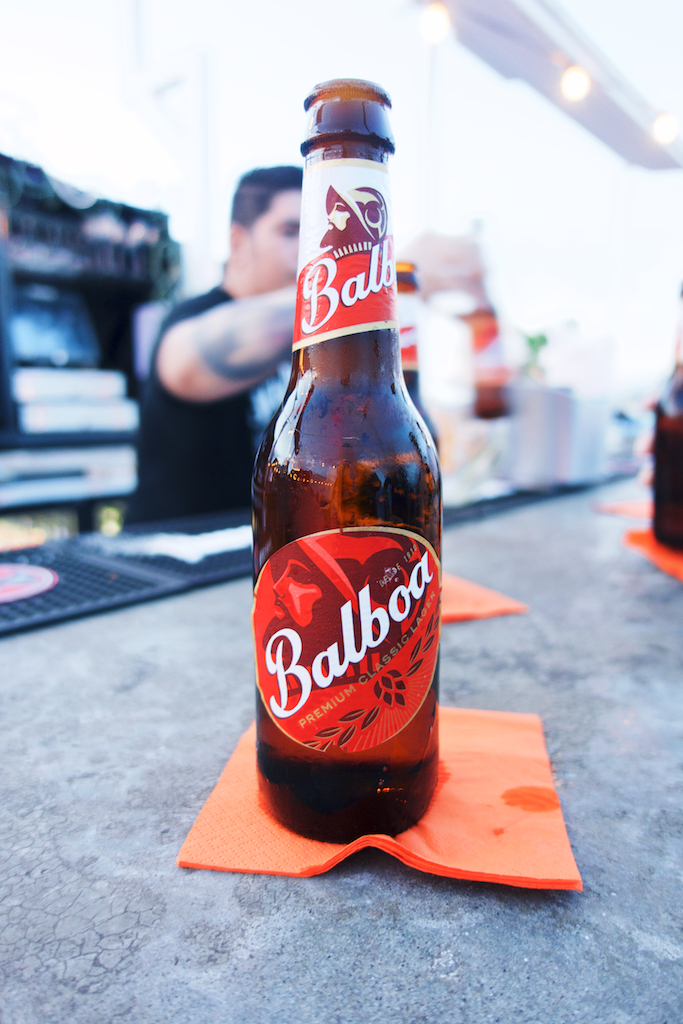
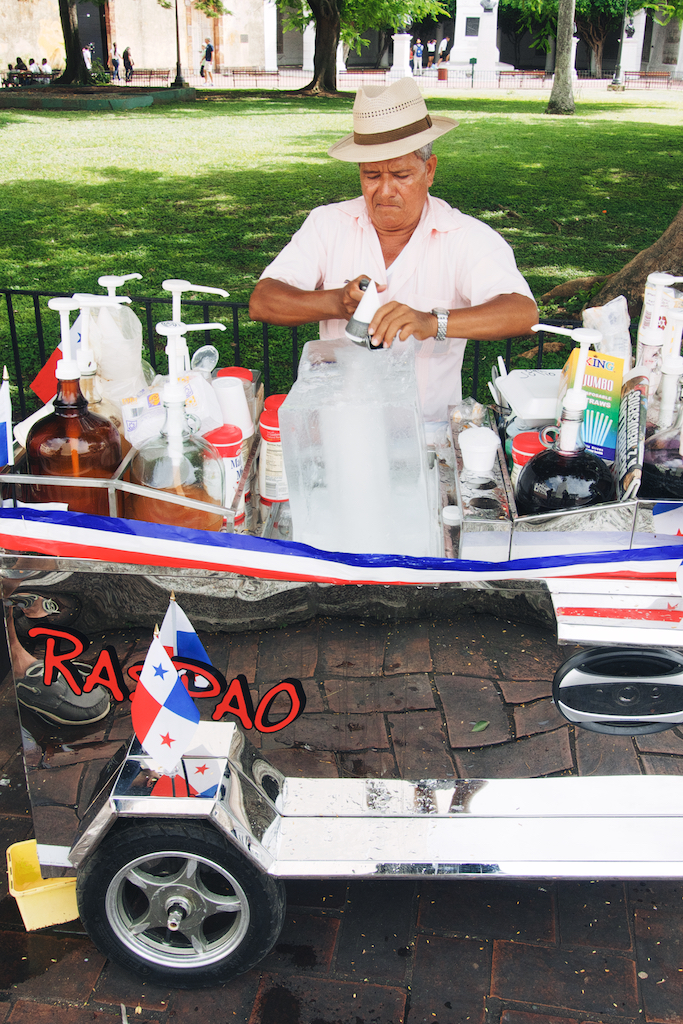
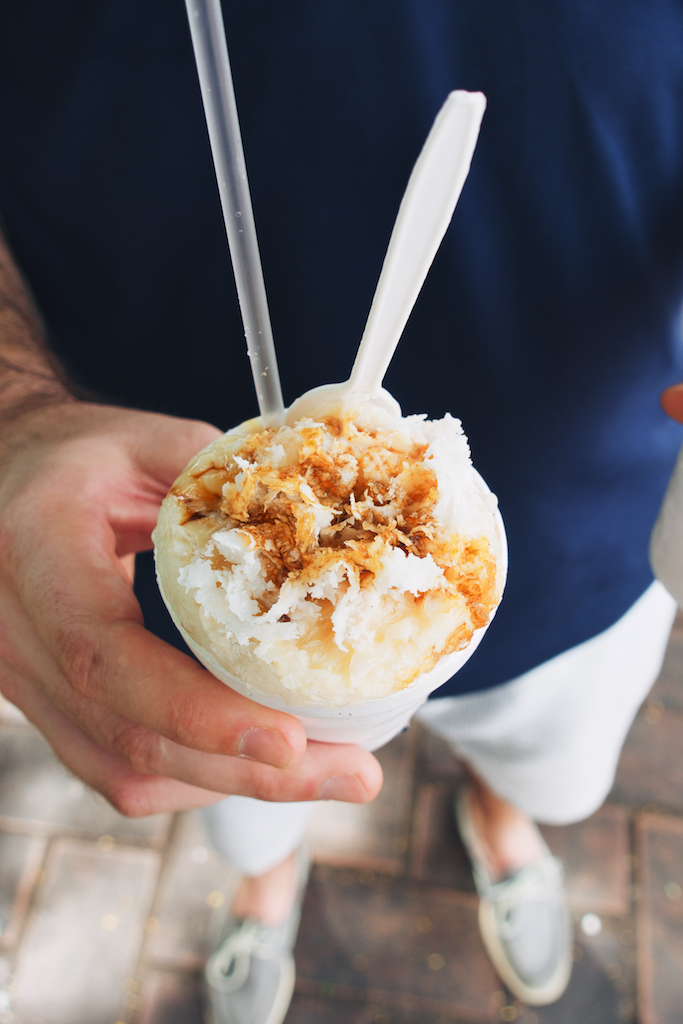
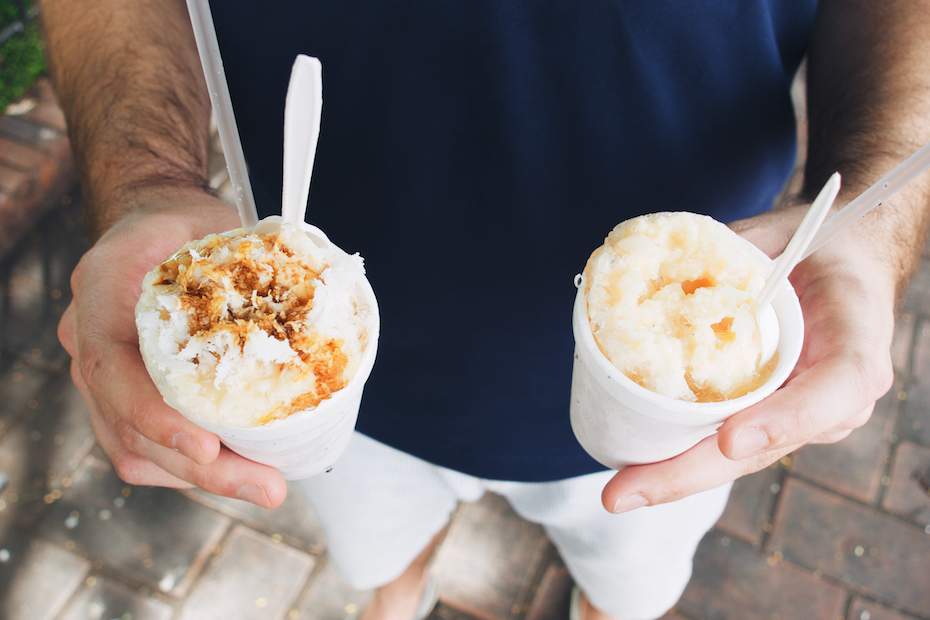
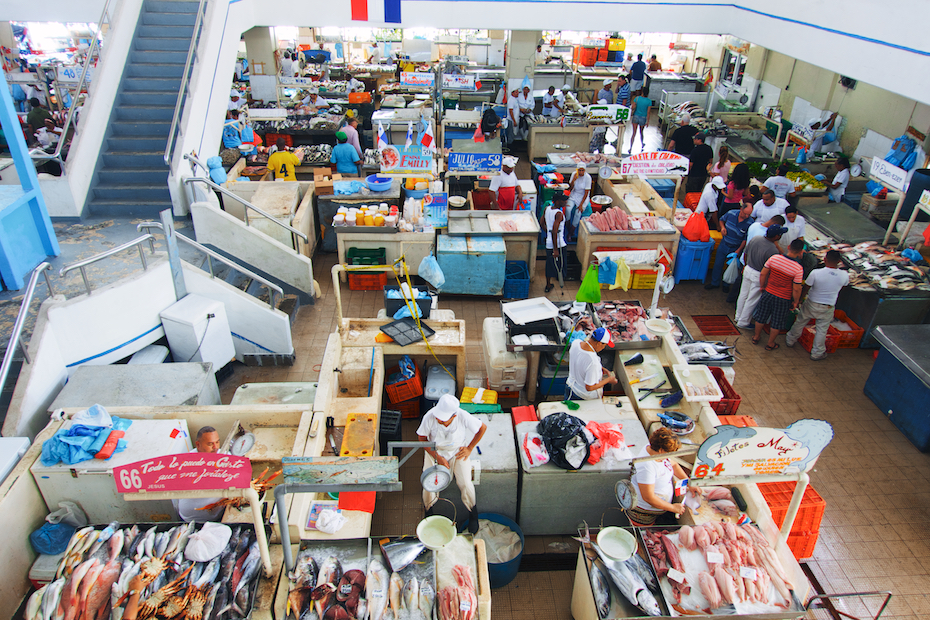

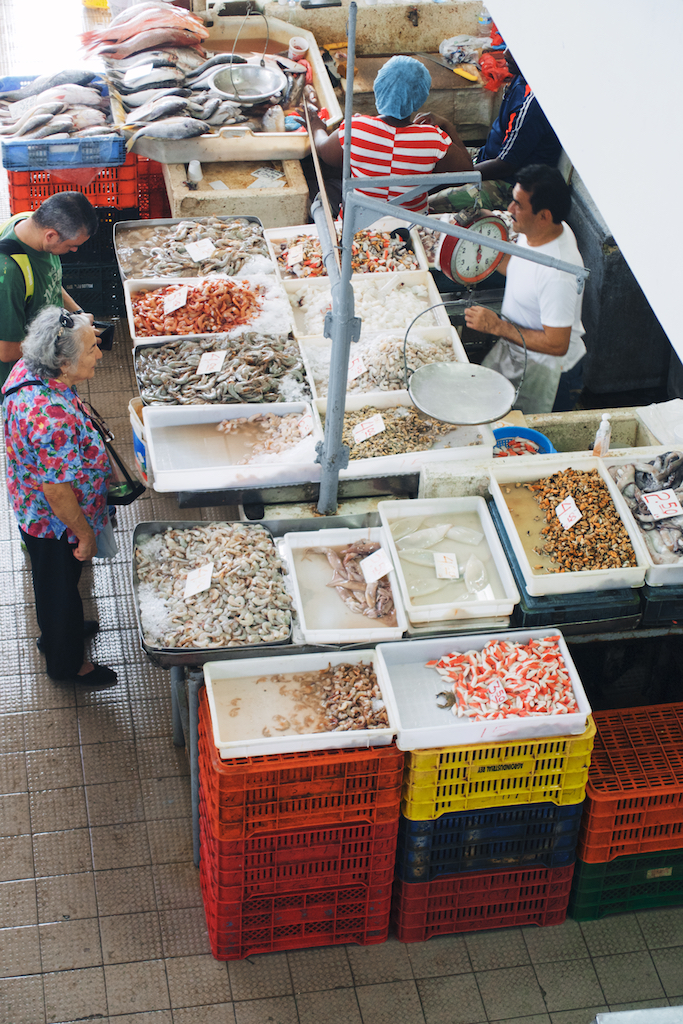
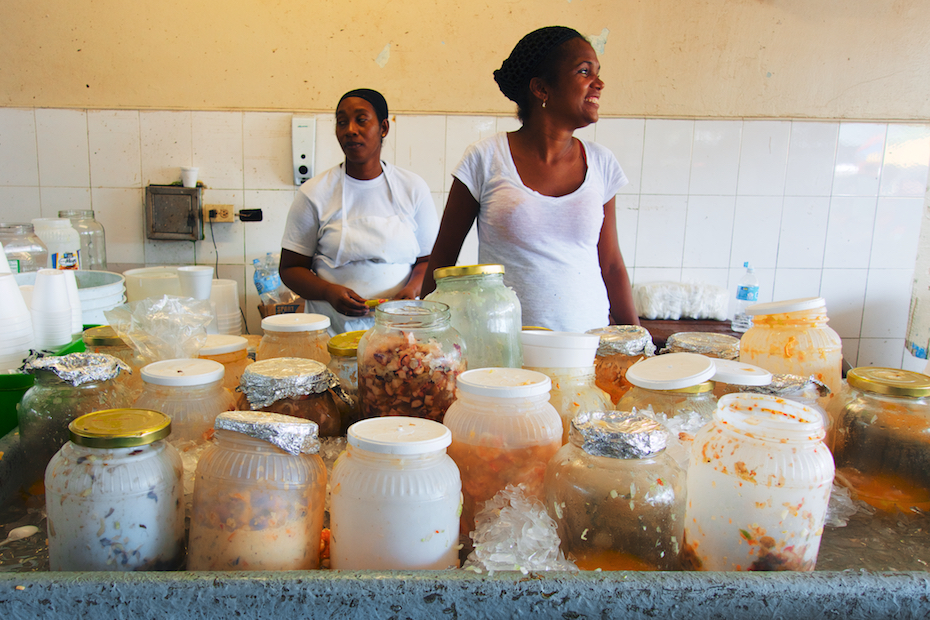
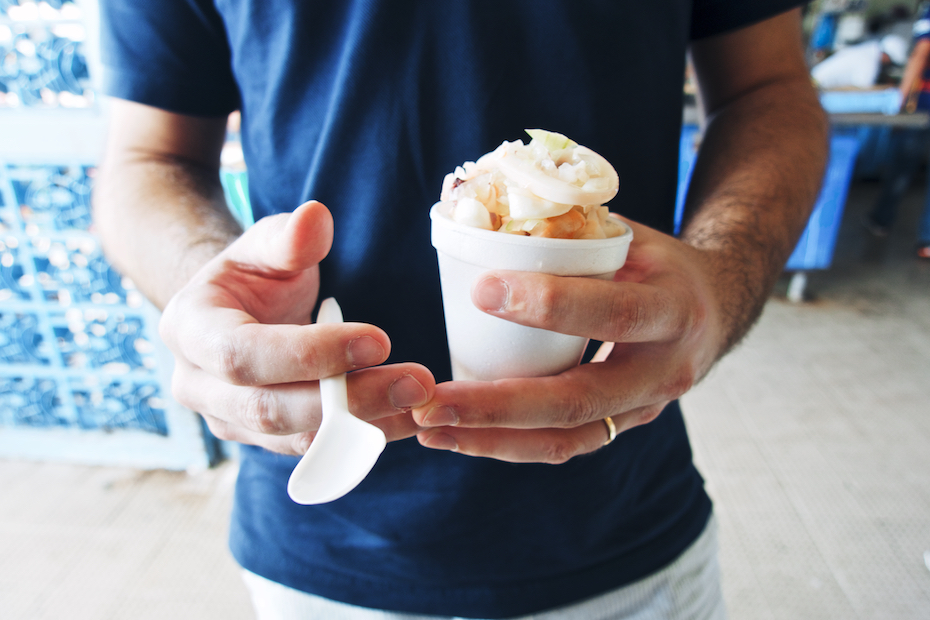
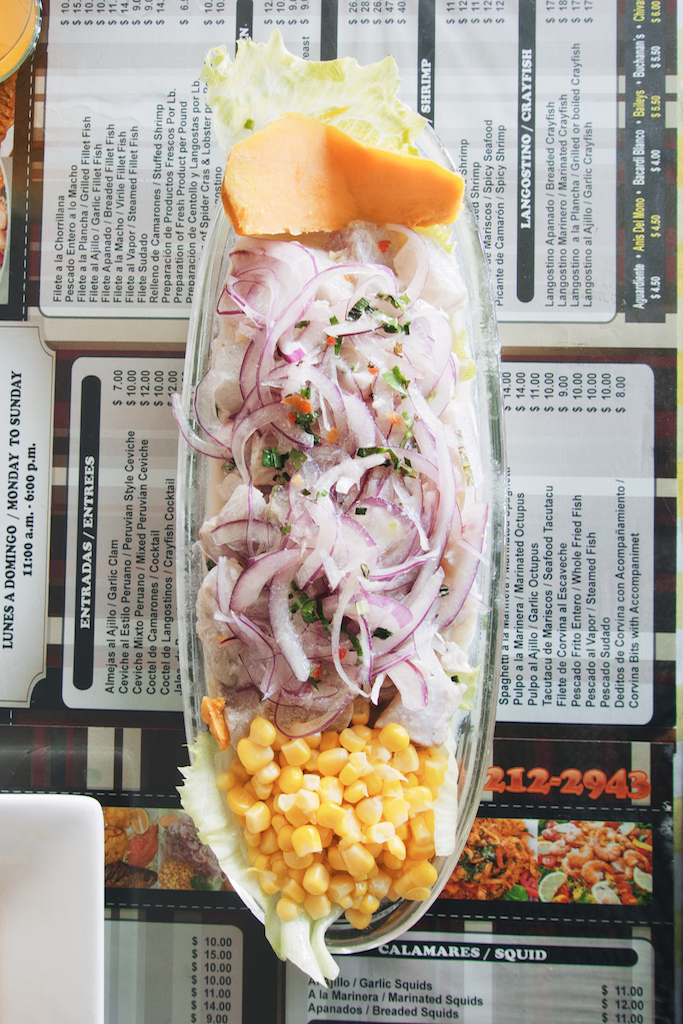
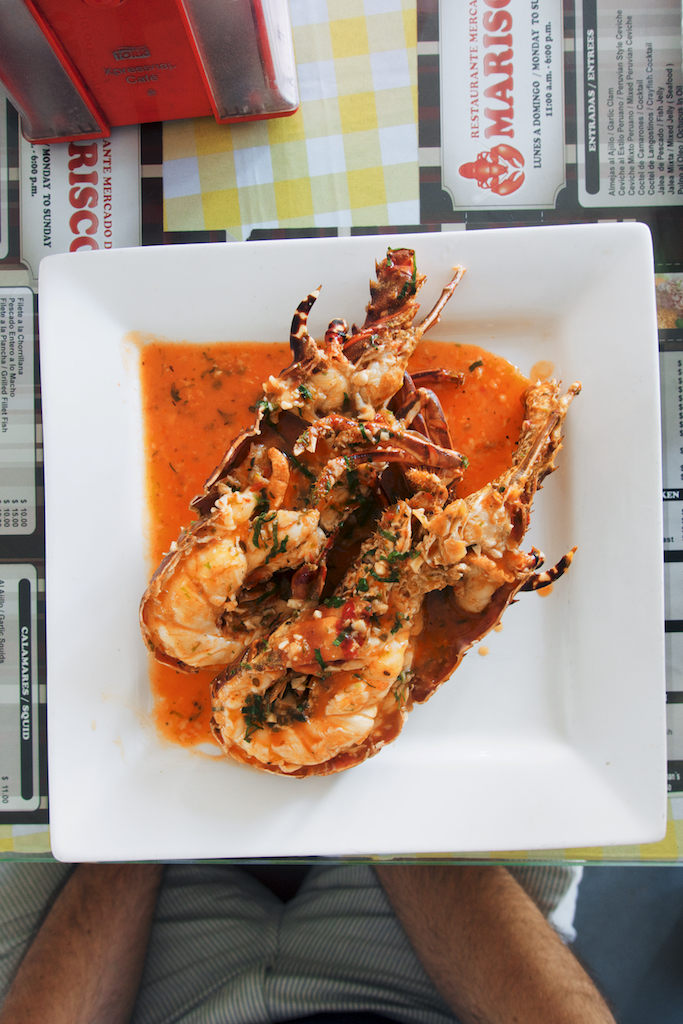
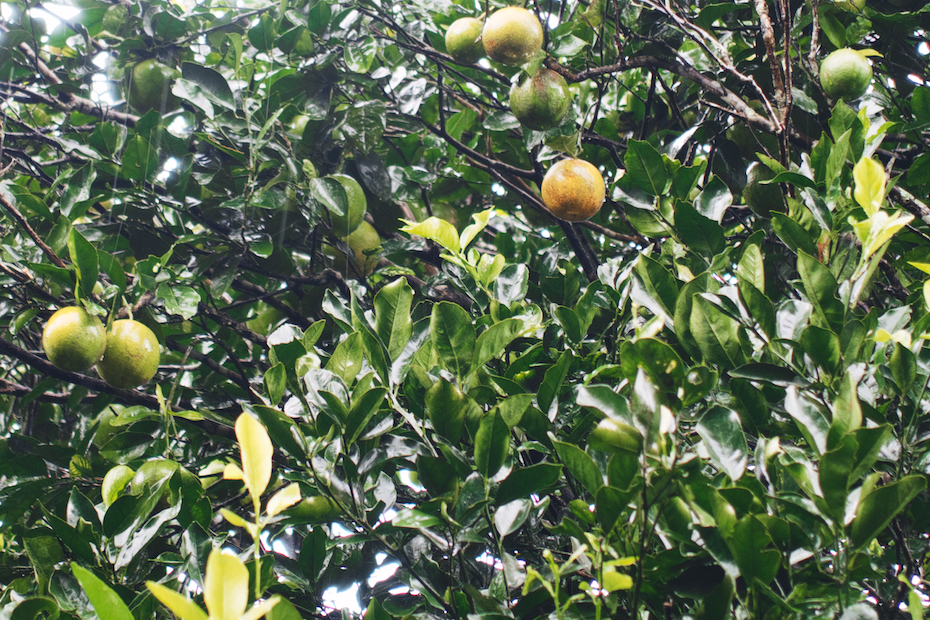
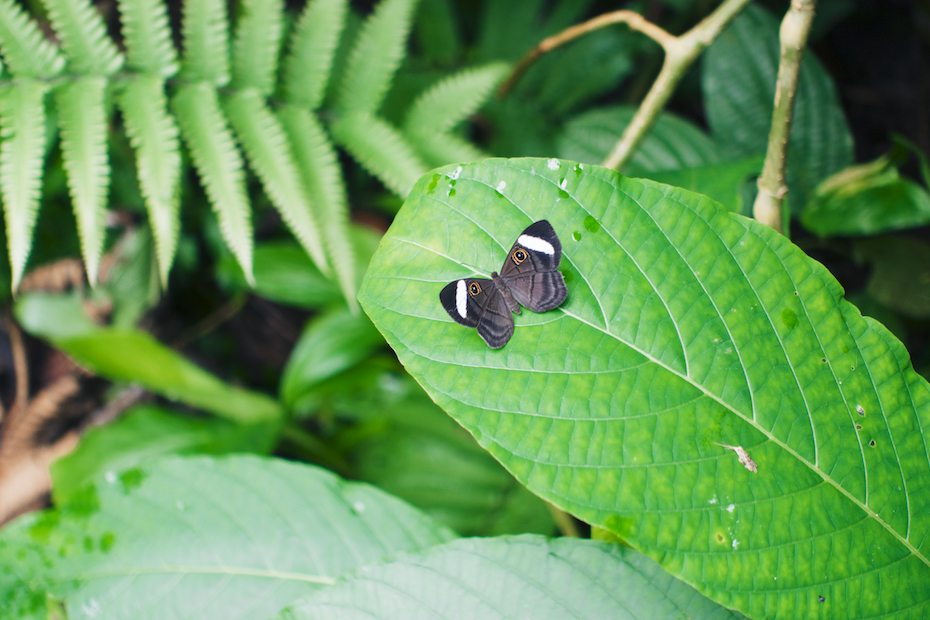
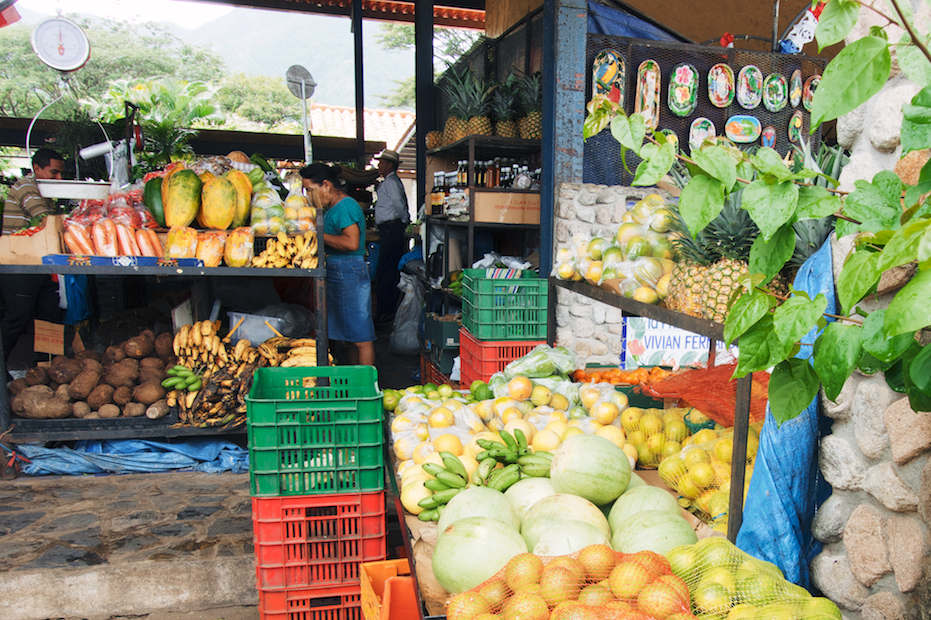
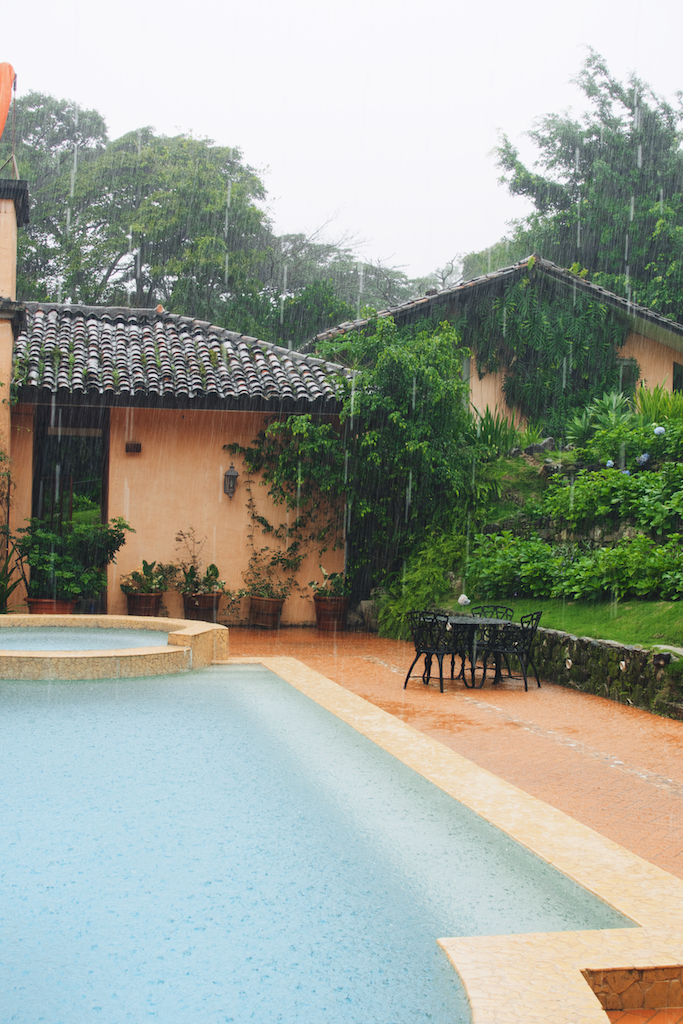
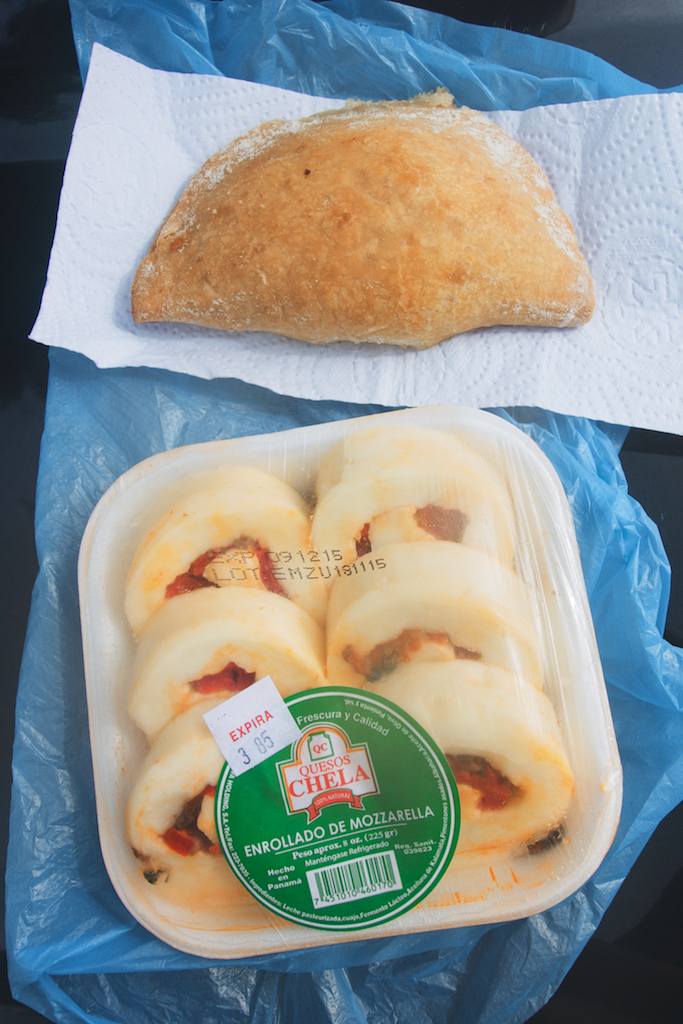
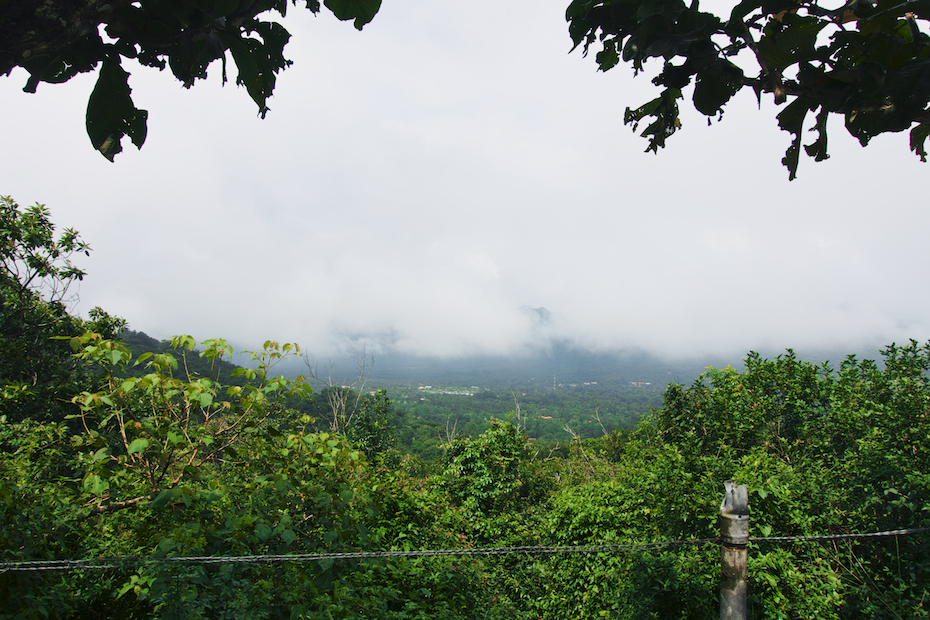
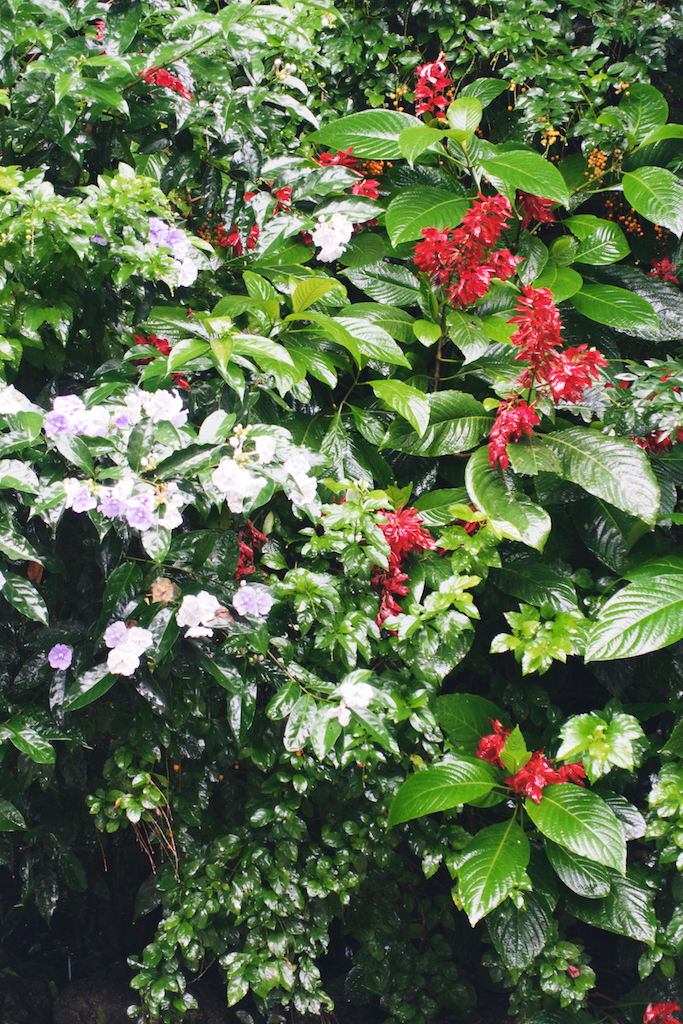
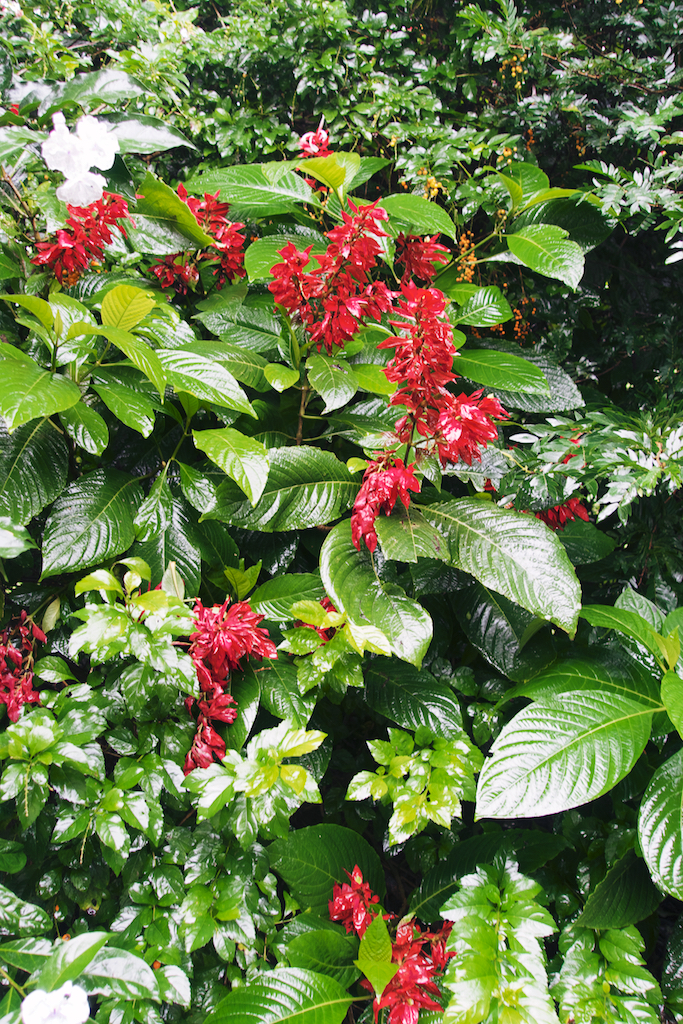

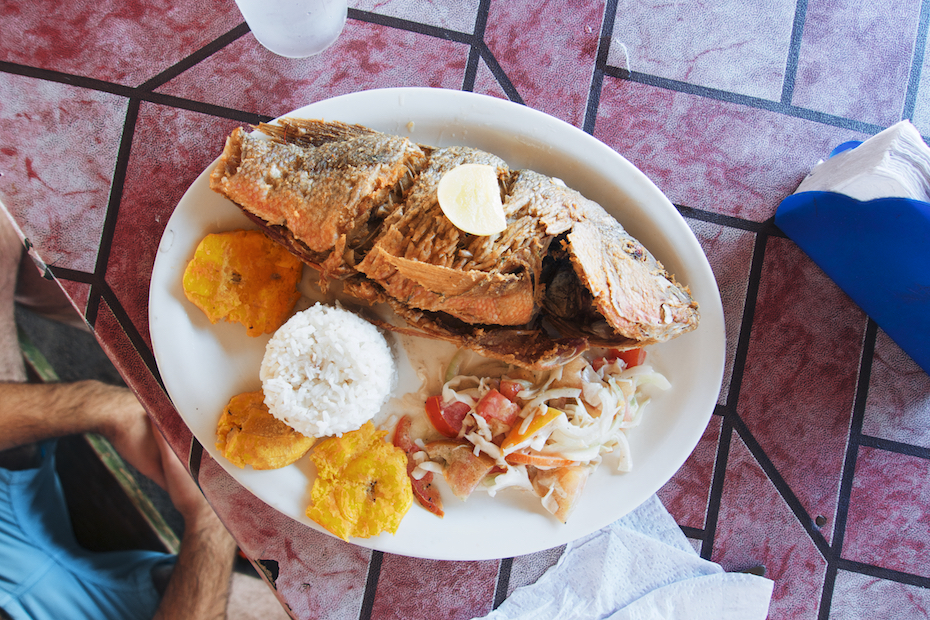
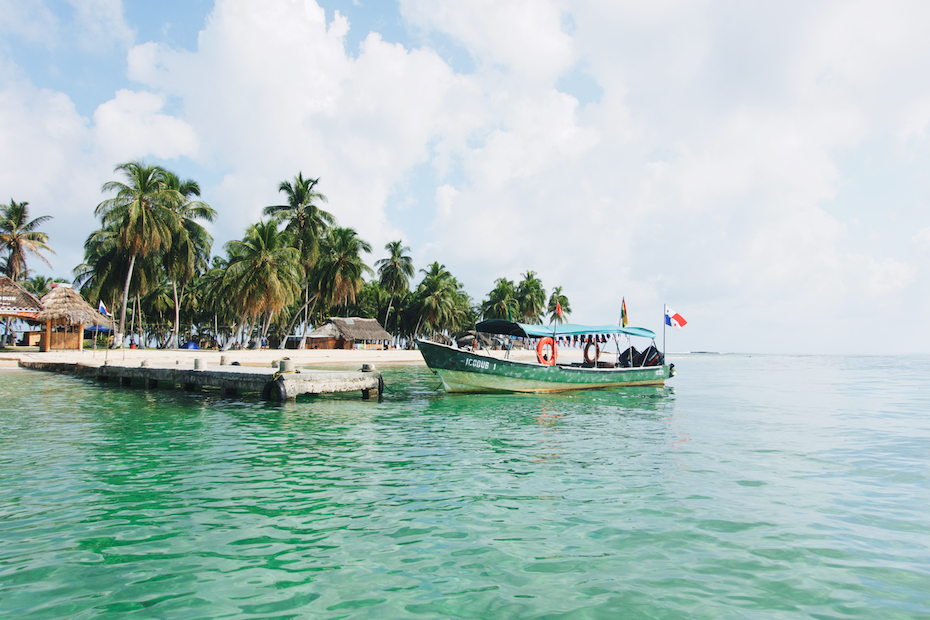
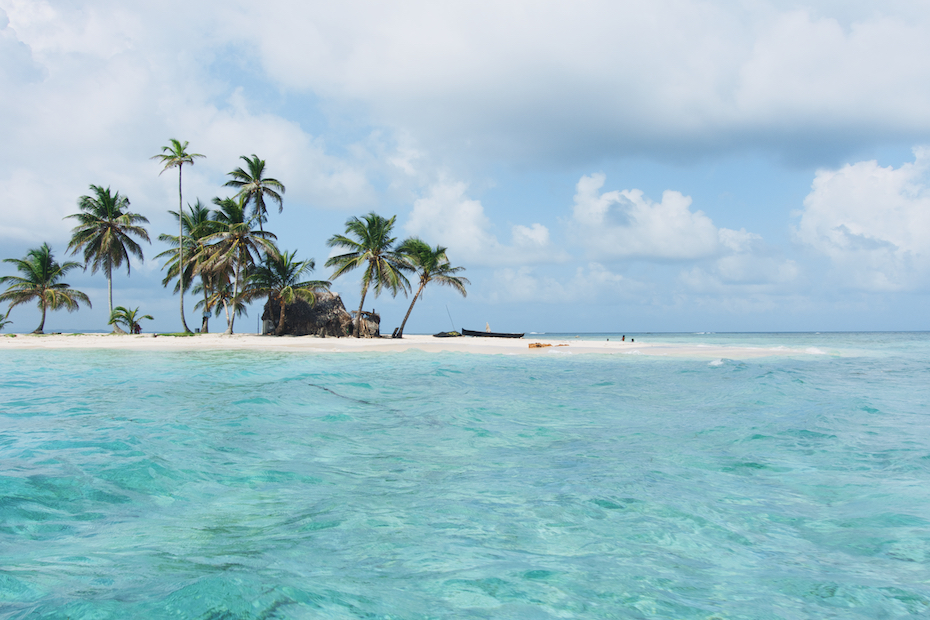
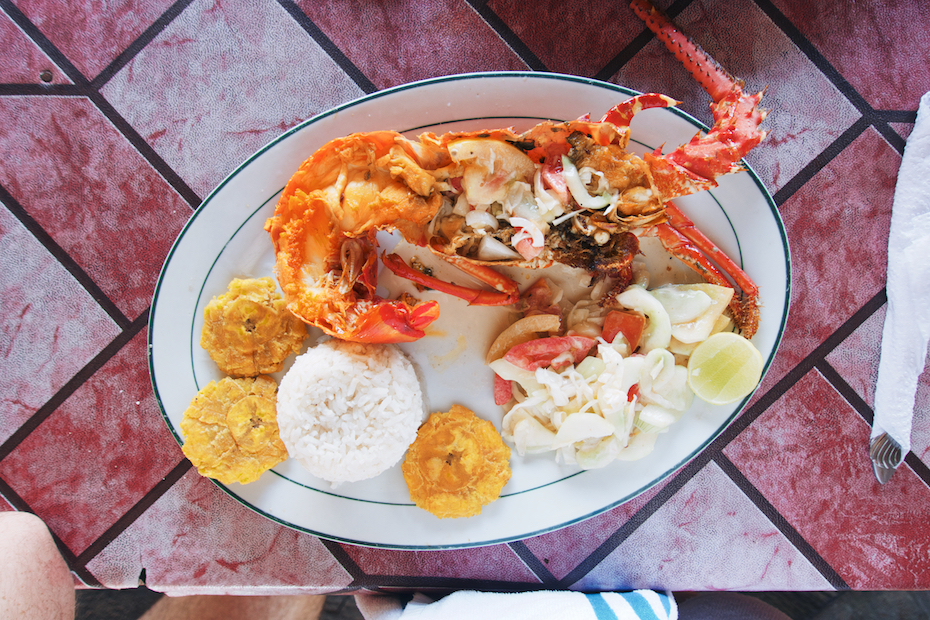
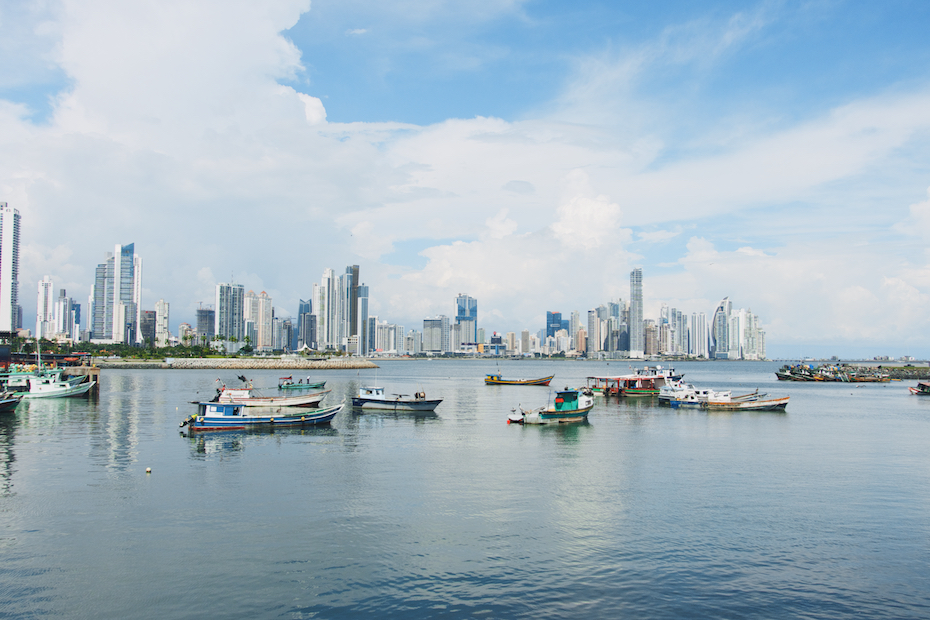
Gracias para todo et siempre para ti.
J’irais bien pour manger de la langouste même au petit déjeuner.
Quel délicieux voyage malgré l’humidité.
Bravo y besos !
Patrick de La Rochelle
What a wonderful trip you’ve offered us!
It makes us remember some good old days in Venezuela!
BRAVO for your choice of pics and the way you’ve taken us for this exotic visit!
Sounds like a wonderful trip x http://www.champagneinateacup.wordpress.com
beautiful recap and recommendations! Definitely sparked some interest in me for traveling to Panama City!
Encantado